24×10G Optical Ports,Eight 100G Optical Ports
Condition: NOB
RMA Warranty
Description
- Rich port types, 24 x 10G optical ports, and 8 x 40G/100G optical ports for uplink
- VSU virtualization, flexible networking and high performance
- Hardware redundancy, guaranteed service continuity and network connectivity
- Layer 3 routing control, adaptive to multiple services, efficient and guaranteed data transmission
- Network security policies and real-time monitoring, delivering enhanced network robustness
- Paired with INC for simplified and efficient O&M
Hardware Specifications
| Hareware Specifications | RG-S6150-24VS8CQ-X | RG-S6150-48VS8CQ-X |
| Interface Specifications | ||
| Fixed port | 24 x 10GE/25GE (license required for 25G*) SFP28 ports
8 x 40GE/100GE QSFP28 ports |
48 x 10GE/25GE (license required for 25G*) SFP28 ports
8 x 40GE/100GE QSFP28 ports |
| Fan module | 4 x fan modules
3+1 redundancy, at least three fan modules required for the system Fan speed regulating and fault alarming |
|
| Power module | 2 x hot-swappable power modules | |
| Fixed management port | 1 x MGMT port, 1 x console port, and 1 x USB 2.0 port | |
| System Specifications | ||
| System switching capacity | 2.8 Tbps | 4 Tbps |
| Number of MAC addresses | Number of global MAC addresses: 128,000 (default)
Number of static MAC addresses: 10,000 |
Number of global MAC addresses: 128,000 (default)
Number of static MAC addresses: 10,000 |
| ARP table size | 96,000 (default) | 96,000 (default) |
| ND table size | 80,000 (default) | 80,000 (default) |
| Number of IPv4 unicast routes | 350,000 (default) | 350,000 (default) |
| Number of IPv4 multicast routes | 4,000 | 4,000 |
| Number of IPv6 unicast routes | 65,000 (default) | 65,000 (default) |
| Number of IPv6 multicast routes | 2,000 | 2,000 |
| Number of ACEs | Ingress: 28,000
Egress:4,000 |
|
| Number of IGMP groups | 4,000 | |
| Number of MLD groups | 1,000 | |
| Number of VSU members | 4 | 4 |
| Number of VRFs | 1,024 | 1,024 |
| Dimensions and Weight | ||
| Dimensions (W x D x H) | 442 mm x 387 mm x 44 mm (17.40 in. x 15.24 in. x 1.73 in.) | 442 mm x 387 mm x 44 mm (17.40 in. x 15.24 in. x 1.73 in.) |
| Weight (four fan modules and two power modules at full load) | 10 kg (22.05 lbs) | 10 kg (22.05 lbs) |
| CPU and Storage | ||
| CPU | 2.2 GHz quad-core processor | 2.2 GHz quad-core processor |
| Storage | DDR4 4 GB
8 GB flash memory |
DDR4 4 GB
8 GB flash memory |
| Data packet buffer | 35 MB | 35 MB |
| Power and Consumption | ||
| Maximum power consumption | 270 W | 300 W |
| Maximum output power | PA550I II-F:
90–264 V AC or 100–240 VAC, 550 W |
PA550I II-F:
90–264 V AC or 100–240 VAC, 550 W |
| Rated input voltage | AC input: 100 V AC to 240 V AC
Frequency: 50/60 Hz HVDC input: 240 V DC |
|
| Maximum input voltage | AC input: 90 V AC to 264 V AC
HVDC input: 192 V DC to 288 V DC |
|
| Environment and Reliability | ||
| MTBF | > 200,000 hours | > 200,000 hours |
| Primary airflow | Front-to-rear airflow | |
| Operating temperature | 0°C to 45°C (32°F to 113°F) | |
| Storage temperature | –40°C to +70°C (–40°F to +158°F) | |
| Operating humidity | 10% RH to 90% RH (non-condensing) | |
| Storage humidity | 5% RH to 95% RH (non-condensing) | |
| Maximum operating altitude | 5000 m (16404.20 ft.) | 5000 m (16404.20 ft.) |
| Interface surge protection | Telecom port: 4 kV (MGMT port) | Telecom port: 4 kV (MGMT port) |
Software Specifications
| RG-S6150-X Series | |
| Feature | Description |
| Ethernet switching | Jumbo frame (maximum length: 9,216 bytes) |
| IEEE 802.1Q (supporting 4K VLANs) | |
| Maximum number of VLANs that can be created: 4,094 | |
| Voice VLAN | |
| Super-VLAN and private VLAN | |
| MAC address-based, port-based, protocol-based, and IP subnet-based VLAN assignment | |
| GVRP | |
| Basic QinQ and selective QinQ | |
| STP (IEEE 802.1.d), RSTP (IEEE 802.1w), and MSTP (IEEE 802.1s) | |
| ERPS (G.8032) | |
| LACP (IEEE 802.3ad) | |
| LLDP/LLDP-MED | |
| IP service | Static and dynamic ARP |
| DHCP server, DHCP client, DHCP relay, and DHCP snooping | |
| DNS | |
| DHCPv6 server, DHCPv6 client, DHCPv6 relay, and DHCPv6 snooping | |
| Neighbor Discovery (ND) and ND snooping | |
| GRE tunnel | |
| IP routing | Static routing |
| SVI: 4k supported | |
| RIP and RIPng | |
| OSPFv2 and OSPFv3 | |
| GR | |
| IS-ISv4 and IS-ISv6 | |
| BGP4 and BGP4+ | |
| Equal and Weighted Cost Multi-Path (ECMP) | |
| Packet-based and flow-based load balancing | |
| MCE | |
| Stateless auto configuration | |
| IPv4/IPv6 VRF | |
| IPv4/IPv6 PBR | |
| Multicast | IGMPv1/v2/v3 and IGMP proxy |
| IGMPv1/v2/v3 snooping | |
| IGMP filtering and IGMP fast leave | |
| PIM-DM, PIM-SM, and PIM-SSM | |
| PIM-SSM for IPv4 and IPv6 | |
| MSDP for inter-domain multicast | |
| MLDv1/v2 | |
| MLD snooping | |
| MSDP | |
| PIM-SMv6 | |
| Multicast source IP address check
Multicast source port check |
|
| Multicast querier | |
| MPLS | MPLS L3VPN |
| 6PE/6VPE interconnection with IPv4/IPv6 MPLS backbone network | |
| MPLS MIB (RFC1273, 4265, 4382) | |
| ACL and QoS | Standard IP ACLs (hardware ACLs based on IP addresses) |
| Extended IP ACLs (hardware ACLs based on IP addresses or TCP/UDP port numbers) | |
| Extended MAC ACLs (hardware ACLs based on source MAC addresses, destination MAC addresses, and optional Ethernet type) | |
| Expert-level ACLs (hardware ACLs based on flexible combinations of the VLAN ID, Ethernet type, MAC address, IP address, TCP/UDP port number, protocol type, and time range) | |
| Time-based ACLs | |
| ACL80 and IPv6 ACL | |
| ACL redirection | |
| Port traffic identification | |
| Port traffic rate limiting | |
| 802.1p/DSCP/ToS traffic classification | |
| Traffic classification based on 802.1p priorities, DSCP priorities, and IP precedences | |
| Congestion management: RR, SP, WRR, DRR, WFQ, SP+WRR, SP+DRR, and SP+WFQ | |
| Congestion avoidance: tail drop, RED, and WRED | |
| Eight queues on each port | |
| Rate limiting in each queue | |
| Security | Multi-AAA |
| RADIUS and TACAS+ | |
| Filtering of invalid MAC addresses
Broadcast storm suppression BPDU guard |
|
| RADIUS authentication and authorization | |
| Port- and MAC address-based 802.1x authentication | |
| IEEE802.1X authentication, MAC address bypass (MAB) authentication, and interface-based and MAC address-based 802.1X authentication | |
| Web authentication | |
| Hypertext Transfer Protocol Secure (HTTPS) | |
| SSHv1 and SSHv2 | |
| Global IP-MAC binding | |
| ICMPv6 | |
| IPv6 addressing and Path MTU Discovery | |
| Port isolation and port security | |
| IP source guard | |
| SAVI | |
| ARP spoofing prevention | |
| CPP and NFPP | |
| Various attack defense functions including NFPP, ARP anti-spoofing, DHCP/DHCPv6 attack defense, ICMP attack defense, ND attack defense, IP scanning attack defense, and customizing attack defense packet types | |
| 3-tuple binding (IP address, MAC address, and port) ARP spoofing prevention
3-tuple binding (IPv6 address, MAC address, and port) Filtering of invalid MAC addresses MAB authentication Portal authentication and Portal 2.0 authentication ARP check DAI ARP packet rate limiting Gateway ARP spoofing prevention Broadcast storm suppression SSH BPDU guard |
|
| Loose and strict RPF
uRPF ignoring default routes |
|
| Reliability | REUP |
| ERPS (G.8032) | |
| RLDP | |
| RLDP, Layer 2 link connectivity detection, unidirectional link detection, and VLAN-based loop control | |
| Data Link Detection Protocol (DLDP) | |
| IPv4 VRRP v2/v3 and IPv6 VRRP | |
| BFD | |
| Link monitoring, fault notification, and remote loopback based on 802.3ah (EFM) | |
| GR for RIP, OSPF, BGP, and other routing protocols
Power modules in 1+1 redundancy mode Hot swapping of power modules and fan modules |
|
| Hot swapping of fan modules | |
| Device virtualization | VSU |
| NMS and maintenance | SPAN, RSPAN, and ERSPAN |
| sFlow | |
| NTP an SNTP | |
| FTP and TFTP | |
| SNMP v1/v2/c3 | |
| RMON (1, 2, 4, 9) | |
| Various types of RMON groups, including event groups, alarm groups, history groups, and statistics groups, as well as private alarm extension groups
RMON used to implement Ethernet statistics, historical statistics, and alarm functions |
|
| NETCONF | |
| Flow-based mirroring, and N:1 and 1:N port mirroring | |
| CWMP | |
| gRPC | |
| OpenFlow Special 1.3
Flow table analysis defined by all protocols Transmission of specified packets to the controller Configuring the controller’s IP address and port Notifying port status changes to the controller |
|
| CLI (Telnet/console), SSH, Syslog, SNMP over IPv6, Telnet v6, FTP/TFTP v6, DNS v6, and NTP for IPv6 | |
| Ruijie Could-based management | |
| VXLAN | EVPN VXLAN tunnel establishment
LAN access to VXLAN IPv4 over IPv4 Distributed gateway IPv6 over IPv4 Using an SVI to connect to the VXLAN network Using a routed interface to connect to the VXLAN network Proxy ARP (replying with the actual MAC address)) ND proxy (replying with the actual MAC address) ND reply (replying with the actual MAC address) EVPN VXLAN VXLAN static route Anycast gateway VXLAN bridging mode VXLAN routing mode Proxy ARP (replying with the gateway MAC address) Configuring the UDP port number in VXLAN packets Static VXLAN tunnel creation |
Note: The item marked with the asterisk (*) will be available in the future.
The switch, expansion module, power module, and other components can be ordered as needed. Before ordering an expansion module or power module, please contact the online customer service personnel for the latest support information about the module.
| Model | Description |
| RG-S6150-24VS8CQ-X | 24 x 10G/25G SFP28 ports (default: 10G; the rate can be increased to 25G with a license.)
8 x 40G/100G QSFP28 ports 4 fan modules 2 power supply module slots At least one RG-PA550I II-F power supply module needs to be purchased. |
| RG-S6150-48VS8CQ-X | 48 x 10G/25G SFP28 ports (default: 10G; the rate can be increased to 25G with a license.)
8 x 40G/100G QSFP28 ports 4 fan modules 2 power supply module slots At least one RG-PA550I II-F power supply module needs to be purchased. |
| RG-PA550I II-F | 550 W AC power supply module |
| Mini-GBIC-GT | 1000BASE-GT mini GBIC module |
| XG-SFP-SR-MM850 | 10G LC interface module (62.5/125 μm: 33 m; 50/125 μm: 66 m; 300-meter transmission at modal bandwidth of 2000 MHz·km), applicable to SFP+ ports |
| XG-SFP-LR-SM1310 | 10G LC interface module (1310 nm), 10 km, applicable to SFP+ ports |
| XG-SFP-ER-SM1550 | 10G LC interface module (1550 nm), 40 km, applicable to SFP+ ports |
| XG-SFP-AOC1M | 10G SFP+ fiber-optic cable, 1 m, including one cable and two interface modules |
| XG-SFP-AOC3M | 10G SFP+ fiber-optic cable, 3 m, including one cable and two interface modules |
| XG-SFP-AOC5M | 10G SFP+ fiber-optic cable, 5 m, including one cable and two interface modules |
| VG-SFP-SR-MM850 | 25G SFP28 module, MMF, max cabling distance: 100 m |
| VG-SFP-SR-MM1310 | 25G SFP28 module, SMF, max cabling distance: 10 km |
| VG-SFP-AOC5M | 25G Base SFP+ fiber-optic cable (including modules on both ends), 5 m |
| 40G-QSFP-SR-MM850 | 40G SR multi-mode fiber module, applicable to QSFP+ ports (OM3/OM4 MPO connector, 8 core, 850-nm wave length, max cabling distance: 100 m(OM3), 150 m(OM4)) |
| 40G-QSFP-LR4 SM1310 | 40G LR single-mode fiber module, applicable to QSFP+ ports, max cabling distance:10 km (LC interface, 2 core, 1310-nm wave length) |
| 40G-AOC-5M | 40G QSFP+ fiber-optic cable, 5 m, including one cable and two interface modules |
| 40G-AOC-10M | 40G QSFP+ fiber-optic cable, 10 m, including one cable and two interface modules |
| 100G-QSFP-SR-MM850 | 100G SR fiber module, QSFP28 encapsulation, MPO connector, 850-nm wave length, max cabling distance: 100 m(OM4), 70 m (OM3) |
| 100G-QSFP-LR4-SM1310 | 100G LR fiber module, QSFP28 encapsulation, LC interface, 1310-nm wave length, max cabling distance: 10 km (SMF) |
| 100G-AOC-1M | 100G QSFP28 fiber-optic cable, 1 m, including one cable and two interface modules |
| 100G-AOC-5M | 100G QSFP28 fiber-optic cable, 5 m, including one cable and two interface modules |
| 100G-AOC-10M | 100G QSFP28 fiber-optic cable, 10 m, including one cable and two interface modules |

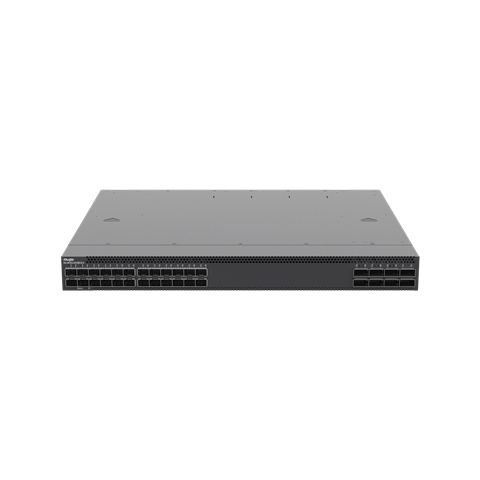
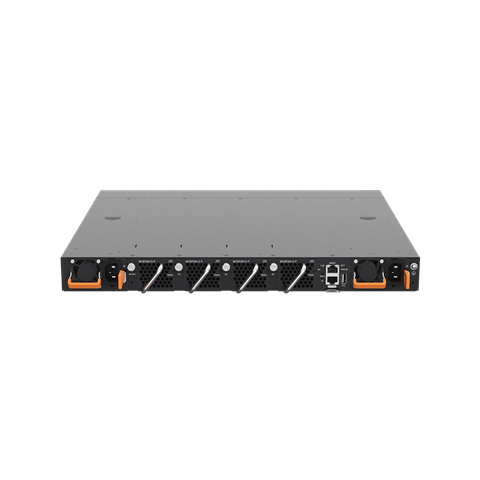
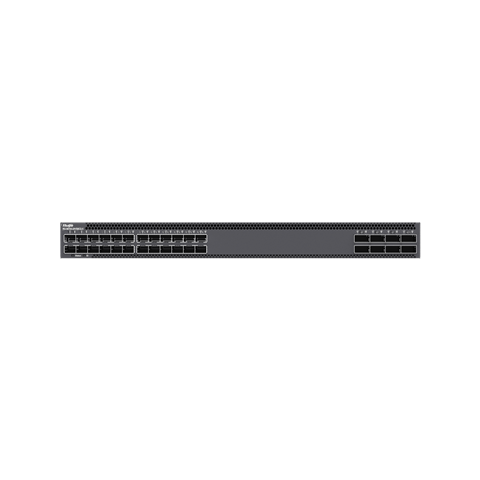

-scaled.jpg)
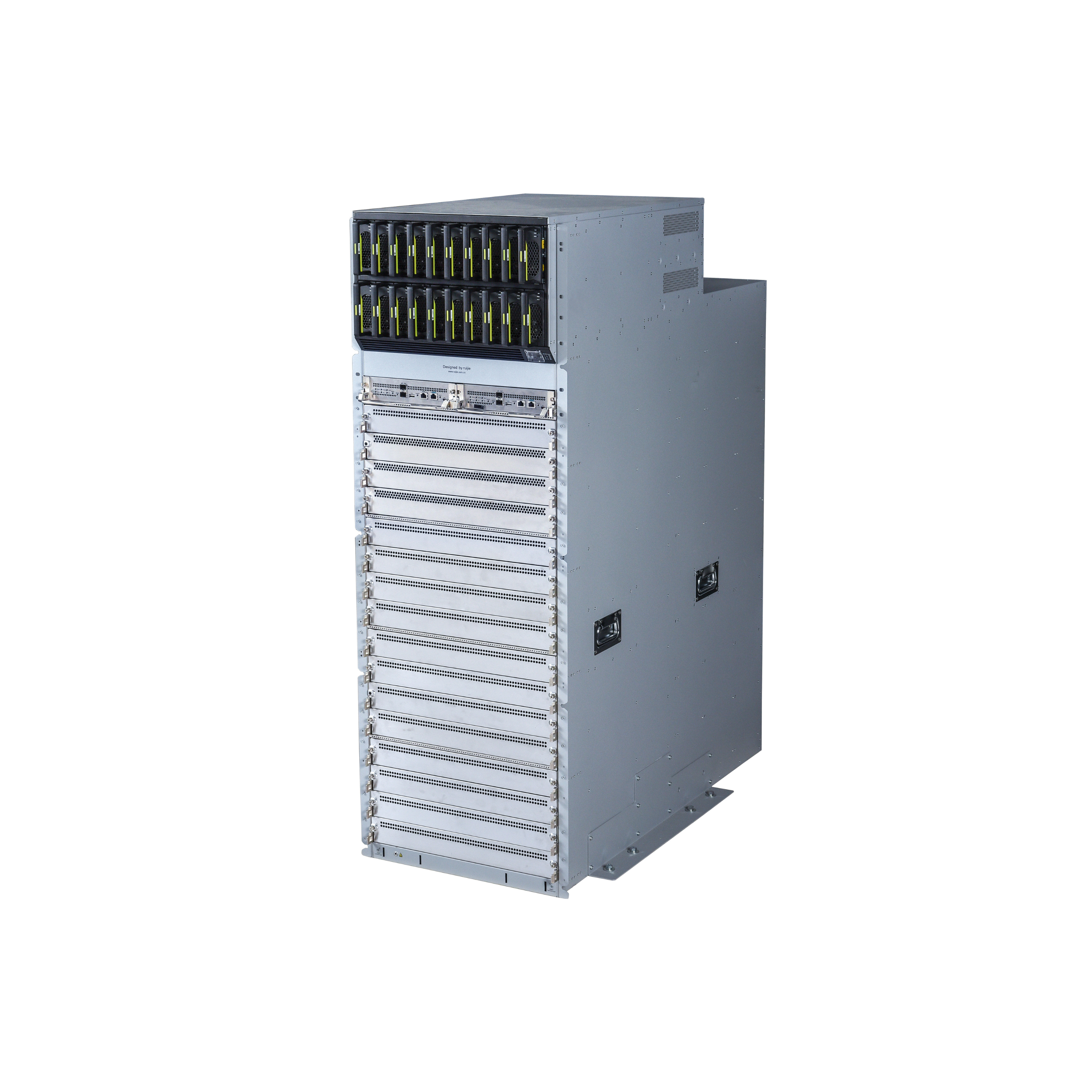
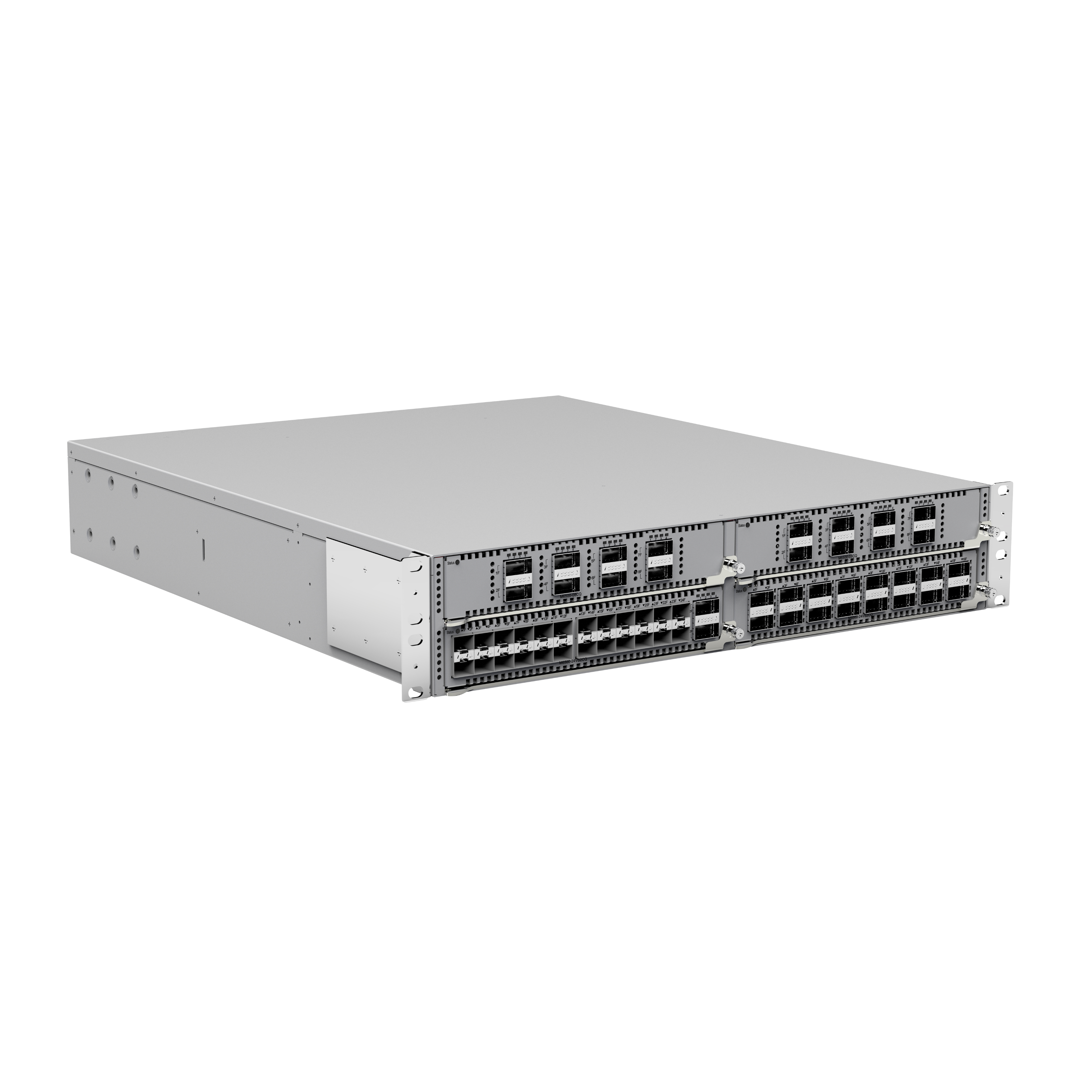
Anthony (verified owner) –
Good service.